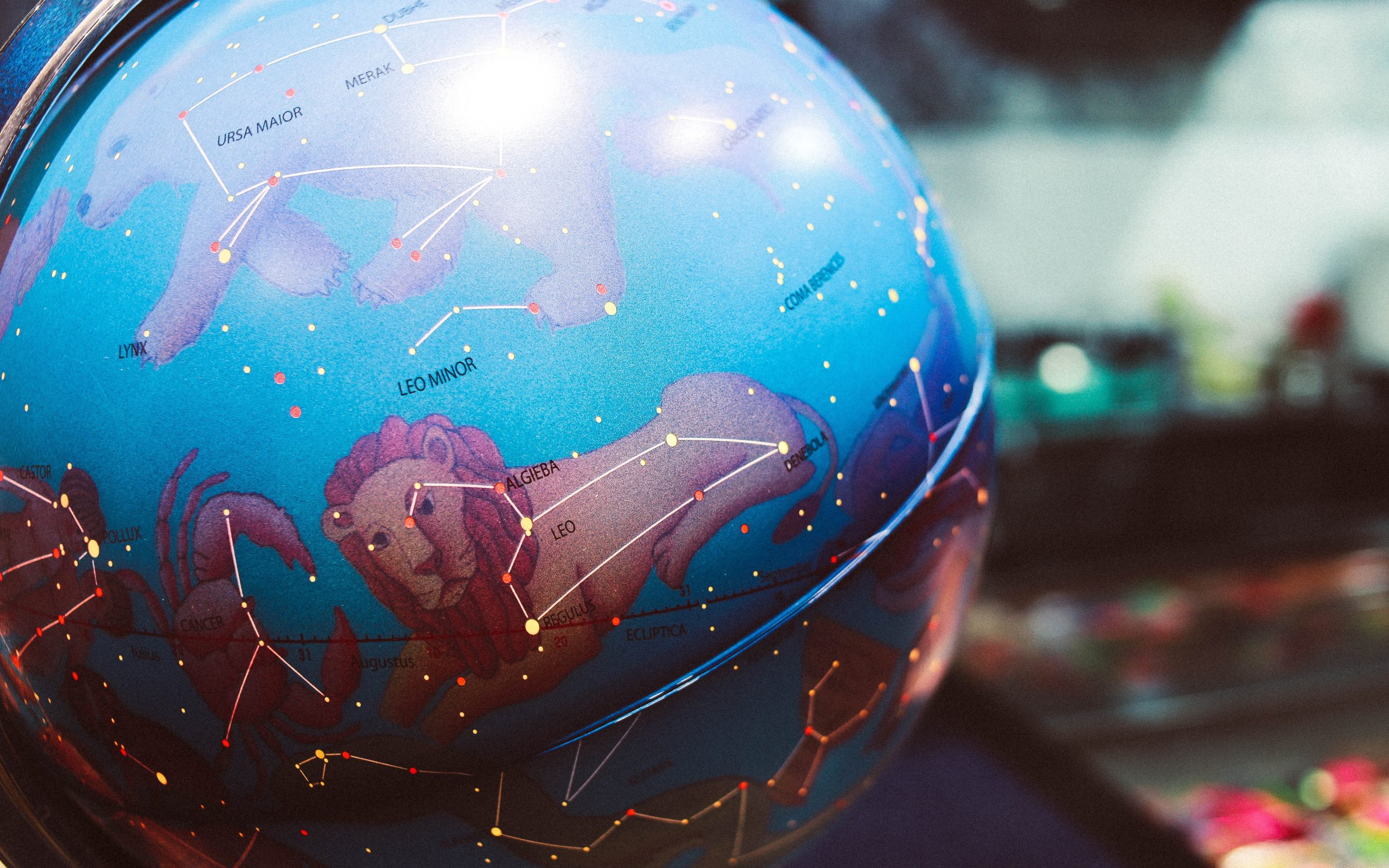Mayan Organized Religion: An Ancient Spiritual Tradition
The Mayan civilization, known for its rich cultural heritage and significant contributions to various fields such as architecture, mathematics, and astronomy, also had a complex and highly organized religious system. The Mayans believed in a pantheon of deities and practiced various rituals and ceremonies to appease these supernatural beings. In this blog post, we will delve into the intricacies of Mayan organized religion, exploring its key beliefs, rituals, and the role it played in shaping Mayan society.
Exploring Mayan Cosmology and Deities
At the core of Mayan organized religion was the belief in a complex cosmology that emphasized the interconnectedness of different realms. According to the Mayans, the universe was divided into three vertical levels: the Upperworld, Middleworld, and Underworld. The Middleworld, where humans resided, was abundant with natural resources and held great significance in Mayan thought.
Within this expansive cosmology, the Mayans worshiped a diverse pantheon of deities, each associated with various natural elements, celestial bodies, and aspects of life. These gods and goddesses represented forces of nature, such as rain, corn, fertility, and the sun, and were believed to have the power to influence the well-being of individuals and their communities.
One of the most revered deities in Mayan religion was Itzamna, the supreme god often depicted as a wise old man or a bird. Itzamna was associated with creation, knowledge, and healing, and served as a guardian over the other gods. Another prominent deity was the rain god Chaac, responsible for providing rainfall vital for agriculture. Chaac was often portrayed as a reptilian creature with large fangs and a protruding nose that symbolized flowing water.
In addition to these major gods, the Mayans worshiped a multitude of others, including goddesses like Ixchel, associated with childbirth and weaving, and Kukulkan (also known as Quetzalcoatl), considered the feathered serpent and associated with wind and wisdom.
Rituals and Ceremonies in Mayan Religion
Mayan organized religion involved numerous rituals and ceremonies that played a crucial role in their society. These rituals were performed for various reasons, such as ensuring agricultural abundance, seeking blessings for personal matters, and honoring specific deities.
One of the central and most elaborate rituals was the “Vision Quest.” During this ceremony, a young individual would go into isolation, engaging in fasting and meditation to receive visions and spiritual guidance. The visions were believed to connect them with the supernatural world and confer special abilities.
The Mayans also held sacred ceremonies dedicated to the gods of rain, corn, and fertility to ensure prosperous harvests. These ceremonies involved offerings, dances, music, and prayers, which sought to gain the gods’ favor and blessings for bountiful harvests.
Another notable Mayan ritual was the bloodletting ceremony. Bloodletting played a significant role in Mayan religious practices and was believed to appease the gods and maintain cosmic balance. Rulers and nobles would use stingray spines or obsidian blades to pierce various body parts, collecting their blood in ceremonial vessels as offerings.
Furthermore, the Mayan calendar system, renowned for its accuracy and complexity, played a crucial role in determining significant dates for ceremonies and rituals. These rituals were often performed in sacred spaces such as temples, pyramids, and palaces.
Priests and Shamanic Practices
In Mayan organized religion, priests held great authority and played a vital role in interpreting the wishes of the gods and conducting religious ceremonies. They acted as intermediaries between the people and the deities, ensuring that rituals were carried out correctly and effectively.
Mayan priests underwent rigorous training, learning vast amounts of knowledge about religious practices, astronomy, calendrical calculations, and sacred texts. Their role extended beyond conducting rituals; they also served as advisors to rulers, providing guidance based on divination practices and interpreting celestial events.
Shamanic practices were also prevalent in Mayan religion, though they were often performed by individuals outside the priestly caste. Shamans, known as ahmen, had special abilities to communicate with the supernatural realm and were sought after for healing, divination, and spiritual guidance. They used various techniques involving hallucinogenic plants, chanting, and rituals to enter altered states of consciousness.
Legacy and Influence of Mayan Religion
The Mayans believed that their rituals and ceremonies had a direct impact on the well-being of their community and the harmonious functioning of the cosmos. Religion permeated all aspects of everyday life, shaping social, political, and economic systems. The authority and guidance provided by religious figures ensured stability and unity within Mayan society.
After the arrival of Spanish conquistadors in the 16th century, Mayan religion faced suppression and persecution. Catholicism was imposed upon the indigenous peoples, and many aspects of Mayan organized religion were lost or went underground. Today, remnants of Mayan religious traditions and beliefs can still be found among Mayan communities in Central America, showcasing the resilience of their ancient spiritual heritage.
Conclusion: A Window into an Ancient Civilization’s Spirituality
The Mayan organized religion stood as a reflection of the rich cultural and spiritual life of this ancient civilization. Their complex cosmology, diverse pantheon of gods, and elaborate rituals provided a framework for understanding the world and the intricate connections between humans and the divine.
Through their religious practices, the Mayans sought to establish harmony with nature, ensure prosperity, and maintain a balanced cosmic order. Mayan organized religion played an integral role in shaping Mayan society and continues to captivate scholars and spiritual enthusiasts alike, offering a glimpse into the spiritual and cultural depth of this remarkable civilization.
References:
- https://www.worldhistory.org/Maya_Religion/
- https://www.ancient.eu/Mayan_Religion/
- https://www.britannica.com/topic/Maya-religion
Table of Contents
